Strawberry Season Has Arrived
Learn about the health benefits of homegrown strawberries over store bought, how to grow your own strawberries, strawberry storage options, and some of our favorite strawberry recipes.
Health Benefits of Strawberries
Strawberry nutrition ranks pretty high, as strawberries contain tons of vitamin C. Strawberries also contain vitamin A, vitamin E, vitamin K, vitamin B6, thiamine, riboflavin, niacin, folate, and carotenoids. Strawberries are also a good source of manganese, iodine, magnesium, copper, iron, and phosphorus.
In addition to providing vitamins and minerals, studies have shown that strawberries can have beneficial health effects when consumed regularly. 5 studies have shown anti-oxidant effects and improvement in cardiovascular disease, when consuming strawberries for 8 weeks. These benefits include an improvement in blood lipid size and distribution, a decrease in LDL cholesterol oxidation, an increase in plaque stability, a decrease in blood clot tendency, and decreased systolic blood pressure.
Studies have also shown that strawberries have anticancer properties. These studies have shown that strawberries can block carcinogen initiation, and also slow the spread of tumors.
Common Strawberry Pesticides
Captan is a fungicide used in agriculture since 1951. It is commonly applied to fruits like strawberries, peaches, apples, pears, raspberries, cherries, blueberries, and prunes. Studies have shown that captan has cancer-causing potential (more studies are needed to prove this). These cancers include small intestinal cancer and kidney cancer. Genetic effects of captan include central nervous system defects, limb defects, cleft palate, hydrocephalus, and other head defects. You can learn more about captan here.
Thiophanate-methyl is a fungicide used in agriculture since 1973. It is commonly used on fruits like strawberries, peaches, apricots, pears, tomatoes, and soybeans. Studies have shown that exposure to thiophanate-menthyl can increase the risk of liver cancer, thyroid damage, adrenal gland damage, and parathyroid damage. Prenatal exposure to thiophanate-methyl has been shown to cause skeletal variations and decreased fetal body weight. Common disorders associated with chronic thiophanate-methyl exposure (eating it) include liver injury, glucose intolerance, insulin resistance, allergic reactions, kidney disease, and weight gain. You can learn more about thiophanate-methyl here.
Iprodione is a fungicide used in agriculture since 1979. It is commonly applied to fruits and leafy vegetables like grapes, strawberries, jalapenos, raspberries, tomatoes, ginseng, basil, kale, celery, cilantro, and cabbage. Studies have shown that exposure to iprodione can cause a decrease in prostate weight (lowers fertility), an increase in oxidative damage to red blood cells, enlarged liver, enlarged adrenals, and a decrease in uterine weight (lowering fertility and increasing the risk for offspring birth defects). You can learn more about thiophanate-methyl here.
How to Grow Strawberry Plants
Most strawberries are perennial plants in zones 5-8 (they’ll grow back every year), with some varieties to zone 4, and a few to zone 3 and zone 9. If you’re in zones 3 and 9, be sure to buy the strawberry varieties that will survive in your zone (or plant new plants every year). If you’re in zone 10 (which includes parts of Florida and southern California), you may have to plan on re-planting strawberry plants yearly.
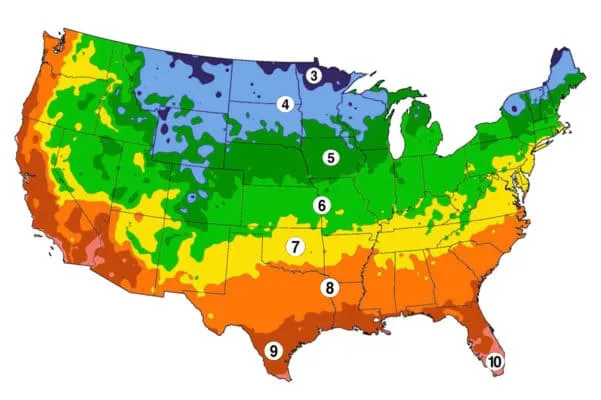
Planting Strawberries
Strawberries are often sold as plants in nursery centers. If purchasing strawberry plants from a local store where they are stored outside, the strawberry plants should be ready to transplant. If ordering strawberry plants from a nursery, it is recommended to harden off the strawberry plants before transplanting them into the garden. Hardening strawberry plants that were shipped is important, because the climate from which they came may be different from yours. To harden the strawberry plants off, set them outside during the day in a shady spot, and bring them in at night. After a couple of days of transporting them from inside the house to the porch, spend the next couple of days putting them outside in a place with morning sun and afternoon shade, and bring them in at night. On day 7, the strawberry plants should be ready for transplant.
In northern zones (zone 6 or lower), it is best to plant strawberries in the spring after your last frost date, but before the end of June to prevent heat stress. In zones 7, 8, and 9, strawberries can be planted in the fall. You can get your exact frost dates using your zip code from the Farmer’s Almanac.
| Zone | Last Frost Date |
|---|---|
| Zone 3 | June 15 |
| Zone 4 | June 1 |
| Zone 5 | May 15 |
| Zone 6 | May 1 |
| Zone 7 | April 15 |
| Zone 8 | April 1 |
| Zone 9 | March 15 |
Plant strawberries in a location with full sun or partial shade (in the afternoon is best). Strawberry plants are usually low maintenance once established and will tolerate most soil types. Just be sure that the location allows the soil to drain, plant 12 inches to 18 inches apart, and the strawberry plants should do well. As with most plants, be sure your new strawberry plants get watered regularly when first planted, and in times of drought. Strawberries need at least 1 inch of rain per week to produce a prolific crop. Strawberries grow well in raised beds, but be sure to plant varieties that will survive one zone lower that the zone you’re in. (If you’re in zone 5, plant varieties that will survive to zone 4.) The soil temperatures in raised beds get colder than in the ground, because of the colder air surrounding the bed where the roots of the plant live.
Growing strawberries from seed is also possible. Strawberries from the grocery store are often hybrids, and their seeds will not produce plants that are true to their parent type. They also might be the wrong variety for your zone. It is best to purchase strawberry seeds from a reputable company. (Check out Baker Creek or Burpee.) You can also purchase a variety of breeds to stagger the strawberry harvest season.
Harvesting Strawberries in Season
Strawberries are ripe for picking once they have turned red (about 60 to 90 days after transplanting). Strawberry season for most zones (4-8) is usually in June, however, certain varieties can extend the harvest season. Each strawberry plant will produce about 4 cups of whole strawberries per year (about 1 pound).
Varieties of strawberries that affect harvest time include:
Junebearing: June-bearing strawberries tend to produce strawberries that are larger than overbearing strawberries. They will usually produce a crop for a couple of weeks in June, totaling about 1/2 to 1 pound of strawberries per year (about 2 to 4 cups of whole strawberries). These varieties include Anitabis (very early), Honeoye (early), Wendy (early), Alba (early), Earliglow (early), Allstar (mid), Cabot (mid), Sequoia (mid), Surecrop (mid, tart), Amelia (late), Elegance (late), Sparkle (late), and Jewel (late).
Everbearing: Everbearing strawberries usually produce 2 or 3 harvest seasons per year, totaling about 1/4 to 1/2 pound of strawberries per year (about 1 to 2 cups of whole strawberries). One harvest in late spring, another in summer, and possibly one in the fall. These varieties include: Eversweet (spring, summer), Ozark (summer, fall), Tribute (summer, fall), Tristar (spring, summer, fall), White Pineberry (spring, summer, fall), Albion, Festival, Chandler, Alpine, and Fort Laramie.
Tips for Growing Strawberries
You can encourage an early harvest season by covering the strawberry plants with a row cover or cloche. Be sure to remove the cover on warm days to let pollinators in, or pollinate by hand with a small paintbrush or cotton swab. Brush the swab on the center of the flowers, transferring the pollen from one flower to the next. Pollination is required to produce the strawberry fruit.
The first year’s strawberry harvest will be minimal, as the plant is focusing its energy on establishing roots instead of producing fruit. However, the second year will be much more bountiful. The second year will also produce strawberry runners, which can be transplanted to start a new strawberry bed if desired. Strawberry runners are new plants that root from branches of an existing plant. Transplanting runners in late August or September (in zones 3-8), is best to maximize the next year’s harvest.
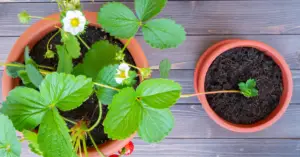
How to Store Your Strawberry Harvest
- Refrigerate: Store unwashed strawberries in an open container on a paper towel in the refrigerator for up to a week.
- Freeze: Wash, hull, and slice the strawberries. Freeze for 3 hours on a baking sheet lined with parchment paper, then transfer the frozen strawberries to an airtight container for up to a year.
- Canned: Soak the strawberries in dry sugar for 6 hours in a bowl. The sugar will draw the juice from the strawberries. Process the strawberries and juice in a water bath canner, topping off the jars with a medium syrup (2 cups of honey in 4 cups of water, or 2.25 cups of sugar per 5.25 cups of water). Store for up to 18 months.
- Dehydrate: Wash, hull, and slice the strawberries to about 1/4″ thick. Dehydrate at 135°F for 6-12 hours, until leathery or crisp. Store for 6 – 12 months.





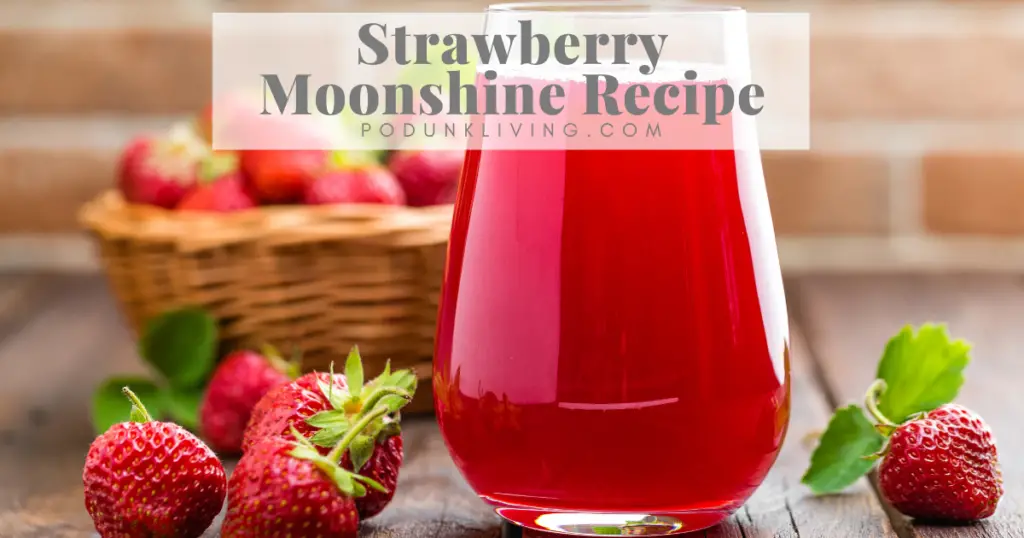
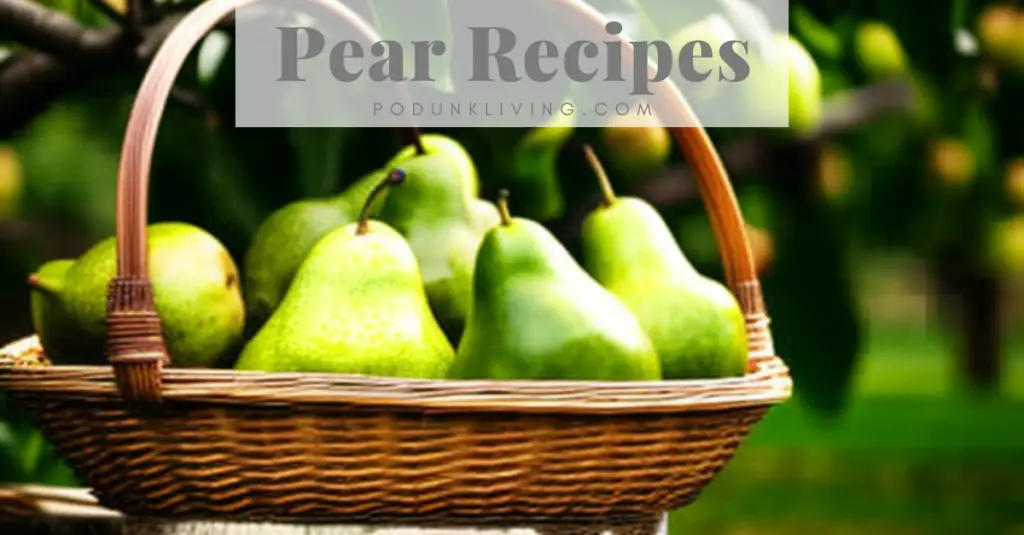

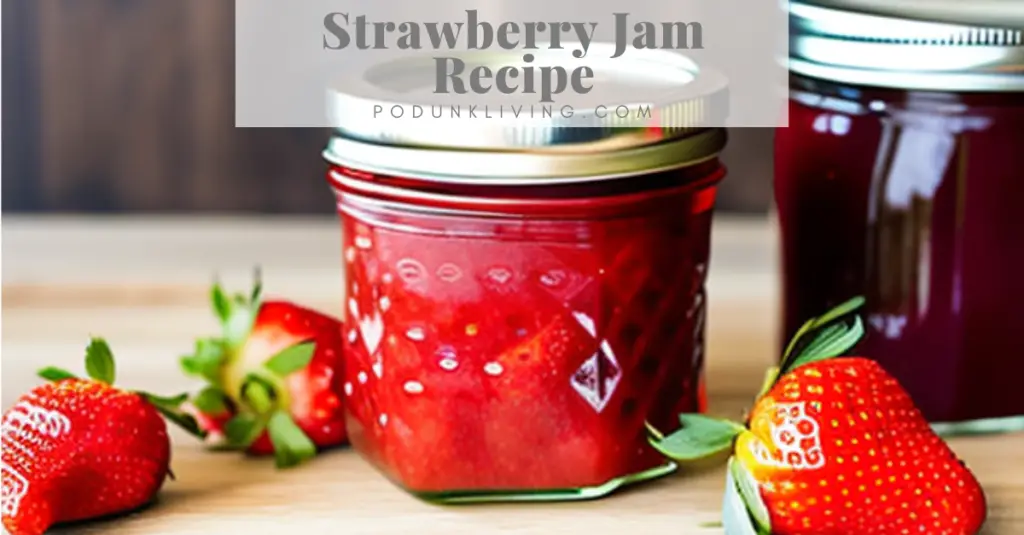
Can’t wait for strawberry season!